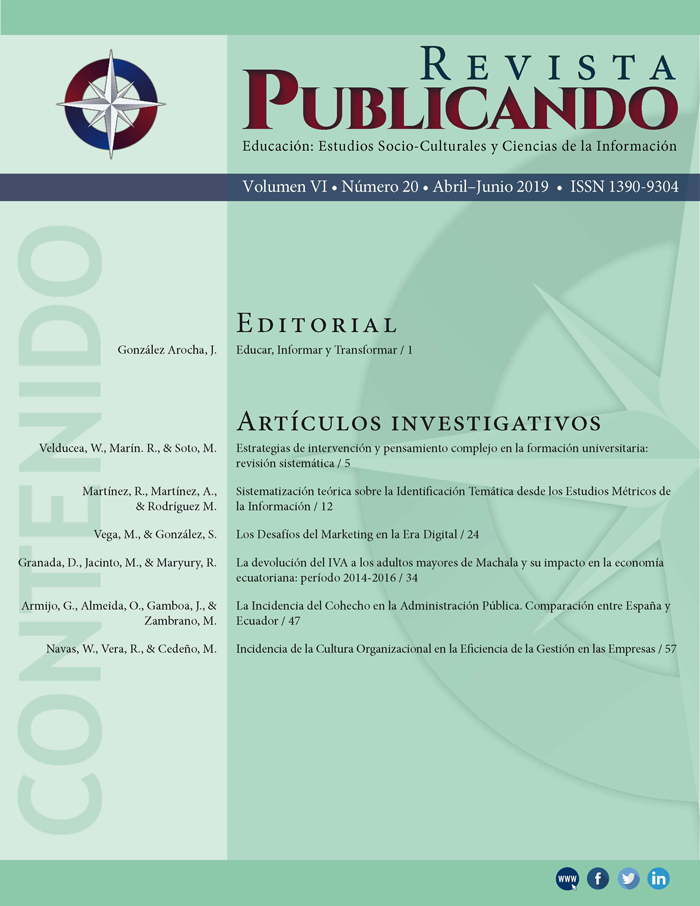Abstract
The article is devoted to the study of the principles of stage adaptation of the famous painting "Spring" by S. Botticelli (1482, "Uffizi Gallery, Florence") in the context of the theatrical culture of the early Renaissance and Florence, where the artist lived and worked. The interrelations at the level of the structural elements of the composition and the whole are traced. The semantic and artistic consistency of the characters is considered, the methods of forming their images within the framework of S. Botticelli's style are revealed.
References
Barolsky, P. (1994). Botticelli's "Primavera" as an allegory of its own creation. Notes in the History of Art, 13, (3), 14-19.
Boyadzhiev G.N. (1973). Always a beautiful Renaissance theater. 7-14.
Burckardt J. (2002). Culture of Italy in the Renaissance. 342-345.
Duncan A. (1994). Dance of the future. My life. Memoirs of L. Schneider. Kiev: Muza, 349.
Kapko-Foretić Zdenka. (Jun., 1998). Komponieren nach Bildern: Botticelli Vertonungen - International Review of the Aesthetics and Sociology of Music, 29, (1), 29-40.
Kline Jonathan. (2011). Botticelli's "Return of Persephone": On the Source and Subject of the "Primavera"- The Sixteenth Century Journal, 42, 3, 665-688.
Lew Andrews. (2011). Botticelli's "Primavera", Angelo Poliziano, and Ovid's "Fasti"- Artibus et Historiae, 32, 63, 73-84.
Marmor Max. (2003). A PATTERN FOR THE "PRIMAVERA"- Source: Notes in the History of Art, 23, (1), 9-16.
Pattillo N. Allen Jr. (1954). Botticelli as a Colorist - The Art Bulletin, Vol. 36, No. 3, 203-220.
Rykov A.V. (2010). On the historical significance of Botticelli's creativity: the concept of aesthetic form. Bulletin of St. Petersburg University. Series, 2, 115-122.
Sokolov M.N. (1999) Eternal Renaissance. Lectures on the morphology of the culture of the Renaissance. Moscow: Progress – Traditsiya.
Suvorova L.G. (2015) Mutuality of painting, theater and everyday life. Historical and socio-educational thought. Vol. 7, No. 7 (2), 273-275.
Swan O.A. (2011) The history of the interpretation of Botticelli's paintings in the context of Quattrocento culture. Questions of Culturology, (12), 52-54.
You are free to:
Share — copy and redistribute the material in any medium or format.
Adapt — remix, transform, and build upon the material.
The licensor cannot revoke these freedoms as long as you follow the license terms.
Under the following terms:
Attribution — You must give appropriate credit, provide a link to the license, and indicate if changes were made. You may do so in any reasonable manner, but not in any way that suggests the licensor endorses you or your use.
NonCommercial — You may not use the material for commercial purposes.
ShareAlike — If you remix, transform, or build upon the material, you must distribute your contributions under the same license as the original.
No additional restrictions — You may not apply legal terms or technological measures that legally restrict others from doing anything the license permits.
